Composition and Structure of Atmosphere
by Devender
0 2515
Earth is the only planet with an atmosphere that can sustain life in our solar system. The gases present in our atmosphere don't only provide us air that we breathe but also protect us from heat waves coming from Sun.
Composition and Structure of Atmosphere
The air in our atmosphere is Colorless, Tasteless, Odorless, Compressible, Mobile, and Expandable consisting mainly of Nitrogen (78.03%), Oxygen (20.99%), Argon (.94%), Carbon dioxide (.03%), Hydrogen (.01%) along with rest of gases having minimal percentages such as Neon, Helium, Ozone, Xenon, and Krypton. 99% of the total mass of the atmosphere lies within the 32 km range above the earth's surface.
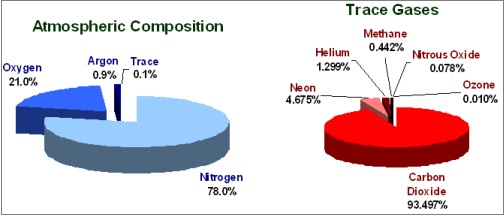
- Nitrogen:
- CO2:
- Water Vapour:
- Dust Particles:
- Troposphere:
- Stratosphere:
- Depletion of Ozone Layer:
- Mesosphere:
- Ionosphere/Thermosphere:
- Aurora Borealis: Northern light in the northern hemisphere (Arctic circle)
- Aurora Australis: Southern light in the southern hemisphere (Antarctic Circle)
- Auroras:
- Solar Tsunami:
Nitrogen is the major cause of the atmospheric pressure, the force of the wind, and the reflection of light. It also regulates combustion and prevents quick-burning by diluting oxygen. However, it cannot be used directly from the atmosphere. Nitrogen is very essential for living things, it gets mixed with soil and provides protein in plants which is the major source of food. The nitrogen cycle is nature's way to supply the required nitrogen.
It is the heaviest gas in our atmosphere and the main reason for global warming but it is still essential for the growth of vegetation. It is transparent to the solar radiations coming to earth but opaque to terrestrial radiations radiated from the earth's surface due to which the air around us is warmer.
Water vapours are formed by the evaporation of water from water bodies on the earth's surface. They absorb part of the isolation coming from the sun hence, reducing the amount of it reached to earth. As a matter of fact, it acts as a blanket that allows the earth to neither become too hot nor too cold.
The amount of water vapour decreases with an increase in altitude and it also decreases from the equator to the poles.
They are driven from different sources on the earth's surface and act as hydroscopic nuclei which provide the surface to water vapours to condense and form clouds. They also intercept & reflect sun rays giving orange colour at sunrise, red colour at sunset & blue colour of clear sky. The dust particles scatter blue light more than the red light hence, the sky looks blue whereas, during the sunrise and sunset, the sky looks orange or red because the blue has already been scattered by molecules in the air, out of sight and longer-wavelength light reaches out to us. Dense Haze and Smog (Smoke + fog) which we often notice in India are also caused by these dust particles.
Structure of Atmosphere
The atmosphere can be divided into 2 parts on basis of chemical composition which are: Homosphere and the Heterosphere. The Homosphere is up to 90km consisting of Troposphere, Stratosphere & Mesosphere and it has uniformity in chemical composition whereas Heterosphere is above 90 km consisting of Ionosphere and Exosphere and doesn't have uniformity in chemical composition.
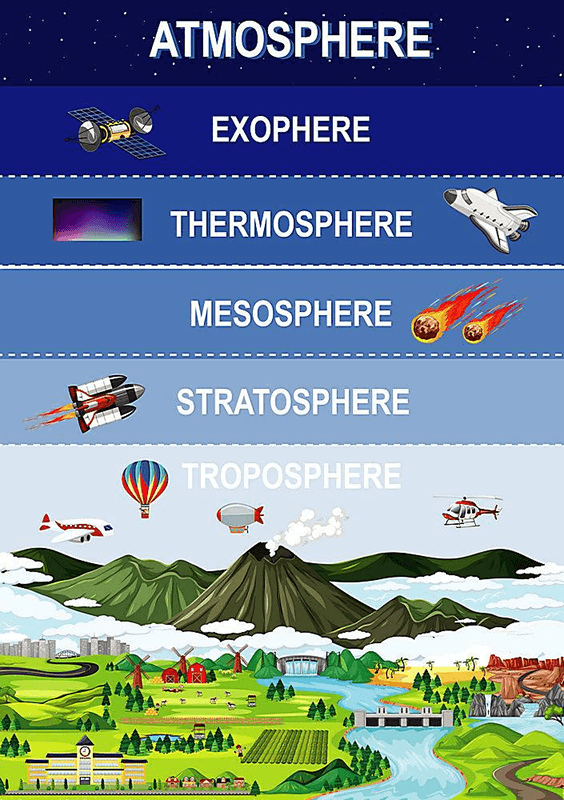
The avg. height of the Troposphere is 16 km. It is 10 km at poles while 18 km at the equator which is the greatest due to upward transportation of heat by strong conventional currents. That is why the height of the troposphere at a given latitude is greater in Summers.
The temperature of the troposphere decreases with an increase in height. Every 165 meters, around 1 Degree C decreases which are known as the Normal Lapse Rate. The troposphere is the lowest and densest layer of the atmosphere containing 75 % of the earth’s atmosphere with 90% of water vapors & dust particles and all the major earth atmospheric processes take place in this layer.
The tropopause is the shallow transitional zone between the Troposphere & Stratosphere of approx. 1.5 km in which the temperature stops falling (– 80 Degree C over equator & – 45 Degree C over poles).
This layer rises up to 50 km and it is thicker at poles than at the equator. The temperature in this layer remains constant for up to 20 km but after that increases to 0 Degree C till its upper limit and there are no clouds, convection currents, Thundering or lighting, water vapors, or dust particles in this layer that is why Airplanes fly in this layer.
The lower portion of the Stratosphere which is from 15 – 35 Km has Ozone layer which prevents us from harmful UV rays from Sun. A few clouds called "Mother of Pearls/Narcreas" can be seen over Antarctica.
The major cause of this depletion is Chlorofluorocarbons also known as CFCs which come from refrigerators, AC, Spray Cans, Plastic Packaging, Cleaning Fluids, Insulation materials. These CFCs are broken by UV rays and Chlorine is released which reacts with Ozone converting it to a simple oxygen molecule that cannot absorb UV rays. The space probes launched from the earth are also a reason for ozone depletion as a spacecraft fired towards space releases around 70 – 150 tons of Chlorine in the atmosphere.
One another cause of depletion is oxides of Nitrogen mainly Nitric oxide which is released from supersonic aircraft, automotive exhaust, in form of nitrates in fertilizers, etc. A major Ozone hole is already formed over Antarctica bringing risk to countries like New Zealand, Australia, South Africa, Chile, Argentina, etc.
It is up to 80-90 km and the temperature gradually decreases in this layer until –100 Degree C at 80 km. It also displays wispy clouds at high altitudes due to reflected sunlight from meteoric dust particles. Most of the weather balloons are placed in this layer and most meteors burn up here.
It extends up to 450km and contains electrically charged particles (ions). The maximum concentration of these ions can be seen at 250 km and increase with the increase in height due to ionization by solar radiations. This layer is the zone of the earth's satellites.
Auroras are formed when solar winds in the atmosphere are trapped by Earth’s magnetic field. It leads to collision b/w solar wind and atmospheric charged molecules (ions).
All the radio waves are reflected from this layer, making radio transmission possible.
The D-layer reflects a signal of low frequency and absorbs medium and high frequency.
The E layer which is also known as the Kennedy Heaveside layer reflects medium and high-frequency radio waves to earth.
The F layer also known as the Appleton layer is useful for long-distance radio transmissions. It reflects medium and high-frequency radio waves to earth whereas the G layer is the highest layer among all.
Auroras are formed when Solar flares from Sun enter the Ionosphere. They appear as sheets of illuminated curtains with streaks or as bright arcs in the sky and are in the form and directions of the magnetic lines of force of the earth which indicates the involvement of moving charged particles under the influence of the concentrated magnetic field of the earth.
Due to strong axial magnetic fields near the poles, they get concentrated at poles upon reaching the earth. In other parts of the earth, the magnetic field is weaker and so the aurora does not form although the emission of the solar wind particles takes place uniformly. There is an 11-year solar cycle that controls the tempo of the aurora.
It happens when solar flares are at their peak. It can easily disrupt ions in the Ionosphere affecting radio waves, GPS and can also burn satellites. It can cause skin cancer in human beings, can burn transformers, and increases the warming of the Oceans.

Share:

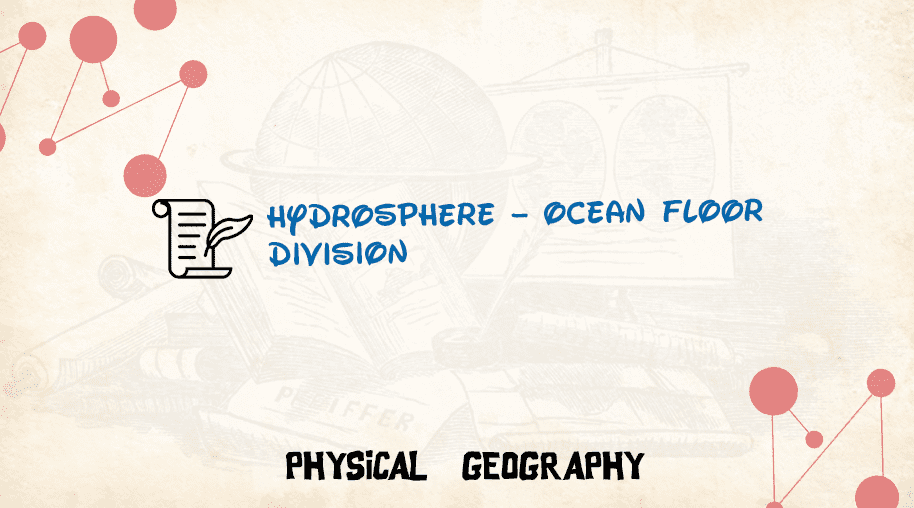
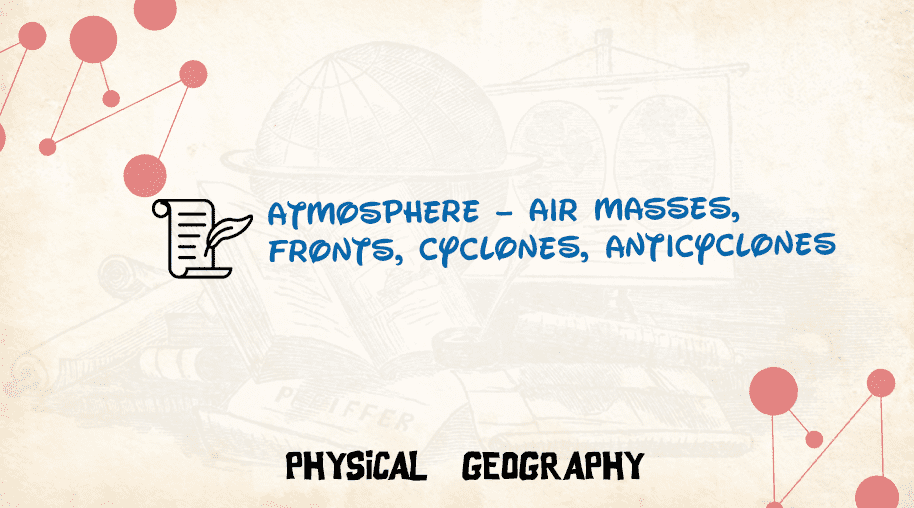
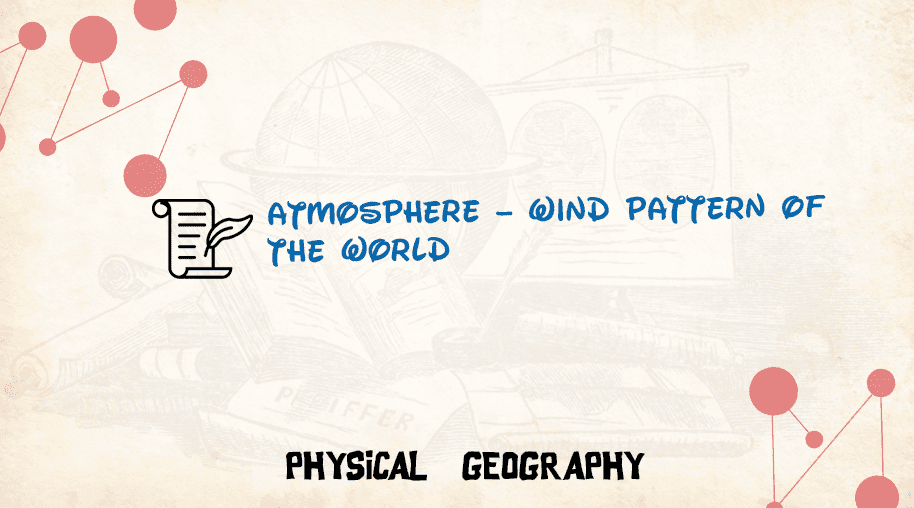
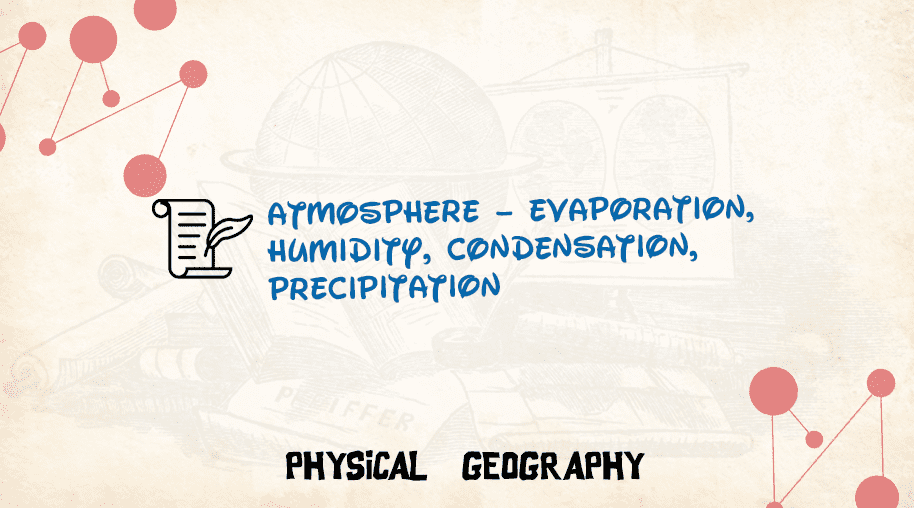


Comments
Waiting for your comments